Faculty: This example post demonstrates how you can provide instructions for each assignment. It uses the category “Assignment Instructions” and can be found under Activities > Assignments in the site menu. Use the suggested outline below to structure your assignment posts.
Overview
The Power of Gray: Drawing a Fully-shaded Figure on a Toned Ground
For this assignment, think GRAY, which will serve as the primary middle-tone skin value in this 2-drawing project. Gray and other colored drawing surfaces are called “toned grounds.” Create 2 drawings on your gray paper. Base your first drawing on a standing figure with strong light and shadow from your favorite online figure drawing website. Base your second drawing, a head-and-shoulders portrait from live observation, on someone who sits for you in person. Both subjects should have strong light from one direction with a full range of shadows for defining most effectively features, underlying structure, and muscle groups. Your medium will be three-color Conté; your primary shading technique, 43o-47o diagonal crosshatching.
Learning Outcomes
- To discover how a toned ground can work as a primary middle value.
- To learn to develop a full range of lights and darks while preserving middle values. To recognize reflected light within shadows
- To practice drawing from life and establishing proportions from tacit knowledge
- To develop stronger figure-ground relationships with background and subject
Instructions
What you will need:
- Figure and face diagrams for reference
- Drawing clipboard
- 2 sheets gray paper
- Protective padding (4 sheets of white or six sheets of newsprint)
- Sanguine, black and white Conté crayons and pencils
- All erasers
- Protective glassine folder
How:
- Place padding under one sheet of grey paper on your drawing clipboard.
- Mark top of head three fingers from top; bottom of feet, three fingers from bottom.
- Measure and mark proportions with tic marks (double-check against your diagrams.
- Create a light initial layout in sanguine Conté.
- Use delicate thin, crisp, straight cross-hatching for lights and shadows.
- Avoid heavy-handed or curved lines with fish-hook ends.
- Use gray paper itself for the middle values; avoid covering up all the gray.
- Avoid heavy, thick, or curved lines with fishhook ends when crosshatching.
- Keep lines straight, delicate, and thin, but not ruled.
- Crosshatching should move smoothly throughout a wide range of lights and darks.
- Try not to rub, to smear, or to blend (turns muddy).
- Keep a small piece of glassine under your hand to avoid smearing while working.
- Darken background behind subjects with crosshatched, thin, crisp, straight lines. One side may be darker than the other.
- Gradient black to gray on one side; white to gray on the other.
- Avoid covering the entire surface with background crosshatching.
- Avoid mimicking the contour of the subject.
Submission
Create a new post with an image gallery containing the drawings you created for this assignment.
- To create your post, visit OpenLab Help> Writing a Post
- Title your post with “Screen name” + “Assignment 6”. Example: “Miguel – Assignment 6”
- IMPORTANT: Be sure to check the category “Assignment Posts” when creating your post. Visit: OpenLab Help > Adding Categories and Tags.
- IMPORTANT: Be sure to use the tag “Assignment 6” when creating your post. Visit: OpenLab Help > Adding Categories and Tags.
- To add an image gallery, visit OpenLab Help > Adding an image gallery
- Add well-lighted, thoughtfully composed images of your drawings to an image gallery.
- Add a written reflection.
- Document your thoughts about this assignment. Think about what you learned, what you could have done better, and how you will apply what you learned to your next drawing.
Due Date(s)
- 4 pm the day before next class
Resources
- Assignment 6 samples
- Face diagrams
- Body diagrams
Student Examples
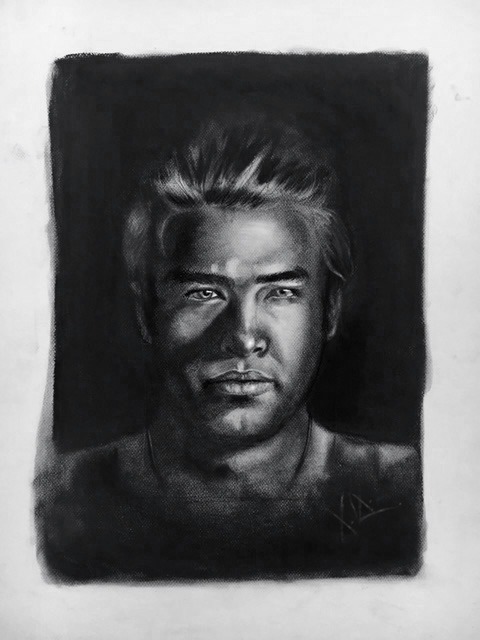
Student Drawing 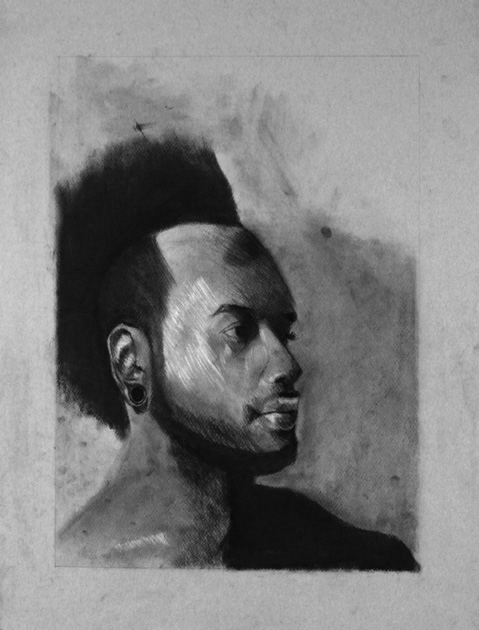
Student Drawing 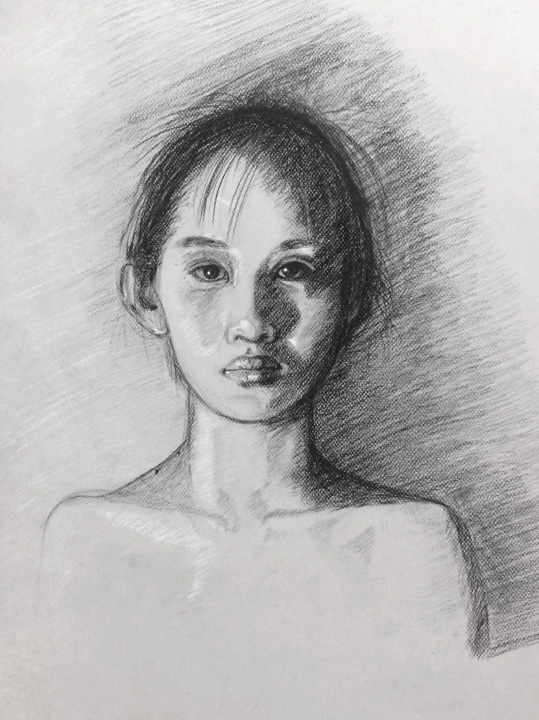
Student Drawing 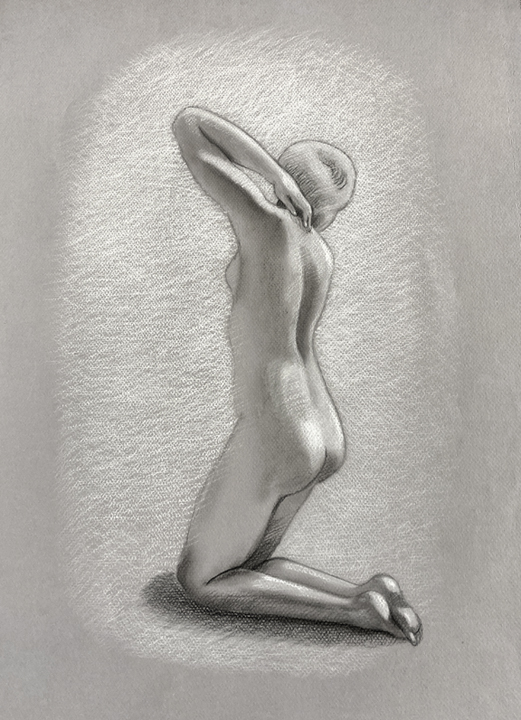
Student Drawing 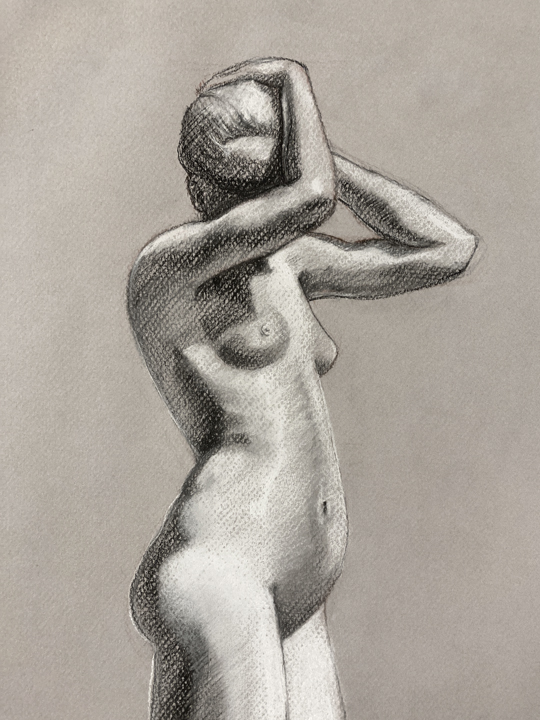
Student Drawing 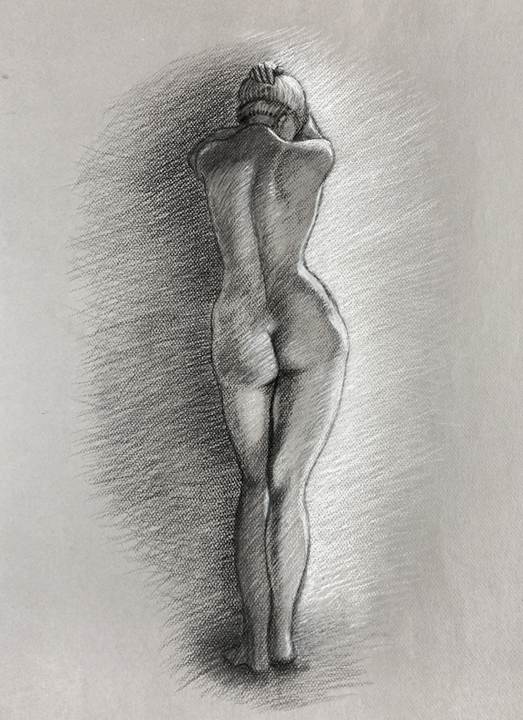
Student Drawing




Recent Comments